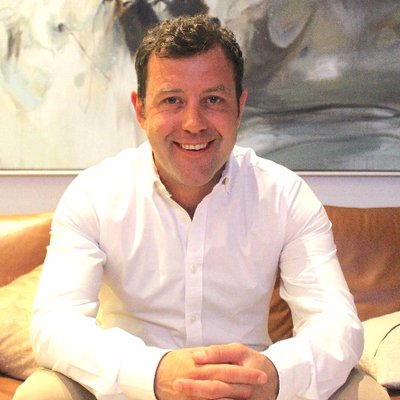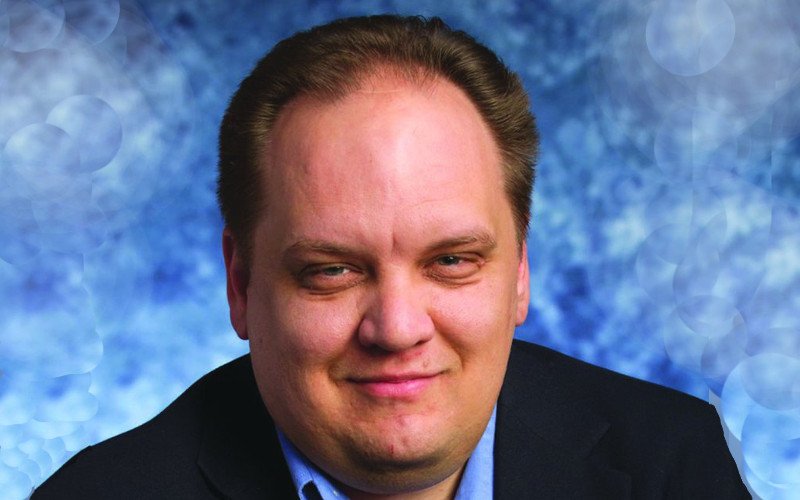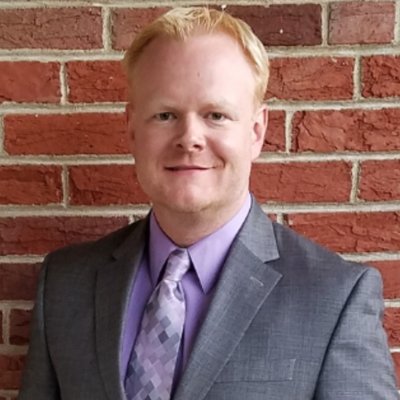
When it comes to sales having the right team in place makes all the difference in the world. Today’s guest is someone who understands how to create and build a team with the right people. He understands building a brand and creating and nourishing the company to scale. Today’s guest is Paul Fifield the chief … Read more
Episode 92: The Tao of Sports – Troy Kirby
Troy Kirby is a sports business consultant who builds relationships and revenue for sports organizations. He is the owner of Tao of Sports where he consults for B2B vendors, professional teams, and college athletic departments. He also hosts the Tao of Sports podcast. We have a really interesting conversation on today’s show. Troy comes from … Read more
Episode 91: Business Coaching – Shimon Lazarov
Shimon Lazarov the CEO of LiveCoach is here today to talk about you as a person. I focus on sales and spend a lot of time focused on the ins and outs of the sales process, but the person behind the sales matters too. Shimon is here to shed some light on coaching and the … Read more
Episode 90: Social Selling – Carson V. Heady
Carson V. Heady is an author and sales leader that I am really excited about talking to. He is in the trenches when it comes to sales. He is there digging in the dirt making sure that those sales are happening. I asked him to come on the show is because he is diving into … Read more
Episode 89: Tactics for Effective Phone Sales – Art Sobczak
The telephone is a vital instrument for us to use when having sales conversations. Telephone sales expert Art Sobczak is here today to share some of his amazing telephone sales knowledge. I consider Art Sobczak a mentor. I have been following him since 1985. He is the president of Business by Phone and the author … Read more
Episode 88: List Leveraging – Henry Schuck
Henry Schuck is the Co-Founder and CEO of DiscoverOrg a platform for finding, connecting, and selling to more prospects using a accurate high-quality contact database. The company was founded in 2007, and Henry has led it through rapid growth going from the original three employees to over 500 today. Henry is the list expert, so … Read more
